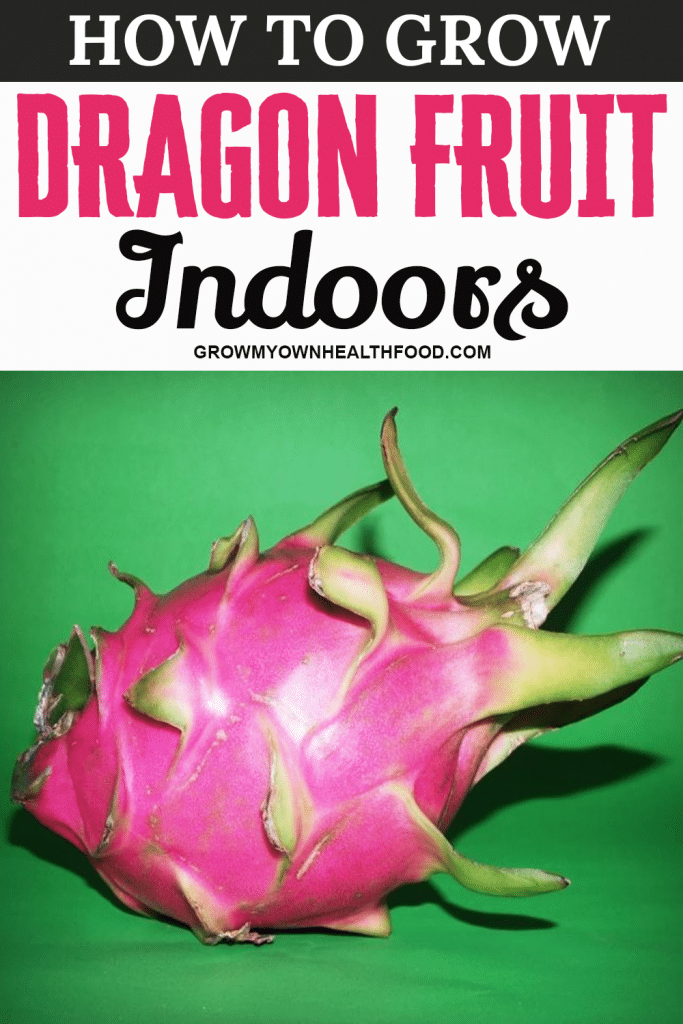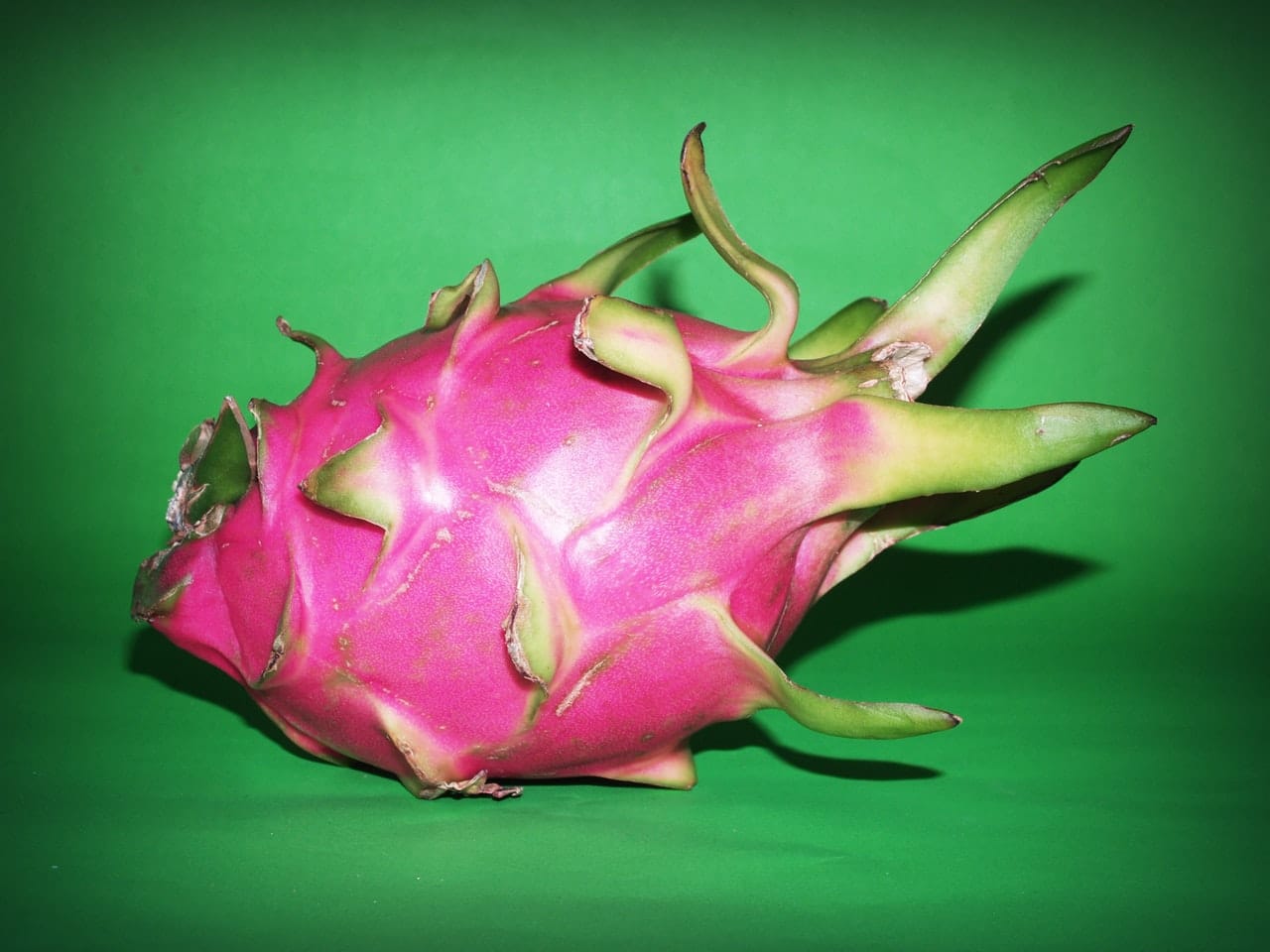Dragon fruit (also known as ‘pitaya’) is a tropical fruit that is best known for its oval shape covered in red, purple, pink, and yellow-colored scales, which is what earned it the name dragon fruit. In contrast to its dramatic exterior, the flesh on the inside is milky white with edible black seeds dotted all over. The taste of this exotic fruit is best described as slightly sweet with an occasional punch of sourness. Plus, it boasts incredibly rich nutritional content that includes antioxidants, flavonoids, prebiotics, and is high in fiber content, which is what lends it the deserved title of superfood. If you are compelled to try to grow dragon fruit indoors (owing to its nutritional benefits), then you are not alone.
Fortunately, growing dragon fruit indoors should be fairly simple and straightforward for most, provided that you are patient and have appropriate guidance. This plant typically enjoys warm and humid climate because it belongs to the cactus family and prefers environmental conditions similar to those enjoyed succulents. Before we dive into growing dragon fruit, you need to get your hands on a couple of seeds. Slice a healthy dragon fruit in half and scoop out the seeds using a spoon. Wash them using lukewarm water and collect them in a dry paper towel.
How do I grow dragon fruit indoors?
Now that you have your dragon fruit seeds, it is time to focus on sowing them and ensuring that the environmental conditions are optimal to encourage healthy growth:
Sowing Dragon Fruit
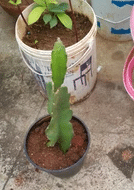
Dragon fruit is a plant that prefers sandy and fast-draining soil so that the roots are not exposed to excess moisture. You can get cacti-specific potting soil from your local gardening store or combine sand and compost with garden soil at home. Place the contents of your growing medium in a sizable pot (at least 10 inches deep and 20 inches wide) before you freckle your dragon fruit seeds on top. Cover the seeds with another thin layer of soil (no more than an inch) to provide warmth for germination. Once the first few seedlings emerge and are strong enough, you will eventually have to transplant them into a larger pot.
- Imported from Canada, contains 100% organic ingredients, light-weight soil, well draining, pH balance(5.5).
- The soil contains 75% natural substrate and 25% perlite, Our formula can balance pH (5.5) for the plants.
- The soil feature has good perviousness. rhizome breathability, well draini
Prices pulled from the Amazon Product Advertising API on:
Product prices and availability are accurate as of the date/time indicated and are subject to change. Any price and availability information displayed on [relevant Amazon Site(s), as applicable] at the time of purchase will apply to the purchase of this product.
Dragon Fruit Plant Watering Requirements
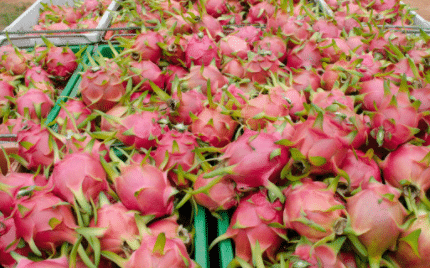
Dragon fruit is a plant that is incredibly susceptible to root rot, so you will want to make sure you do not overwater your plant too often. Use your fingers to touch the growing medium and determine how dry or wet it feels. Upon watering the soil should feel slightly damp but not too soggy. Dragon fruit is a succulent, which means that it has incredible water retention and does not need external support when it comes to holding water. Poke tine holes under the container you are using to grow your plant. Doing so will help get rid of excess water so the plant’s roots are less vulnerable to drowning.
Dragon Fruit Plant Lighting requirements
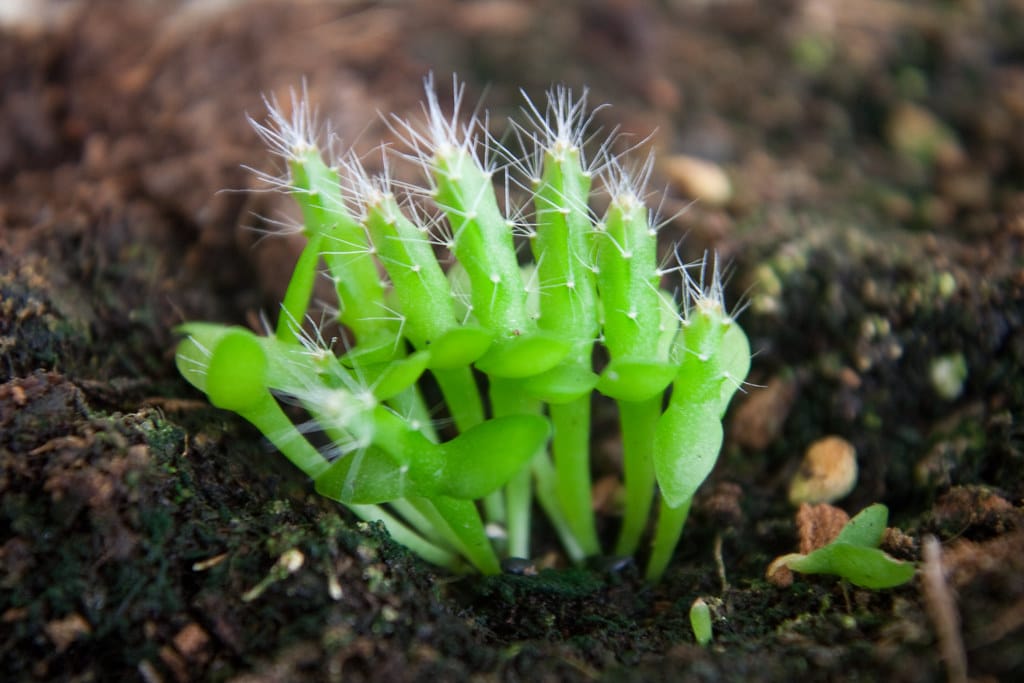
Even though your dragon fruit plant will tolerate long hours of indirect or partial sunlight, it will thrive if you put it in a sunny spot indoors. This plant needs 6-8 hours of direct sunlight to grow strong quickly. Remember that you are growing a cactus, a plant species that typically thrives in desert-like environments. The base of the plant does not mind shade but the tips of leaves need to be exposed to direct sunlight for as long as possible so that the plant blooms properly. If you provide too much shade, especially because you are growing this plant indoors, then your dragon fruit will not develop properly. Don’t worry about controlling water schedules based on evaporation caused by scorching sunlight!
Dragon Fruit Plant Transplantation
Depending on the variety of dragon fruit you are growing, you may need to transplant it into a larger pot at different points in this plant’s growth cycle. If the roots do not get enough room to grow, they will begin sprawling in all directions until they find something to climb up. The purpose of transplanting your dragon fruit plant is to prevent it from becoming root bound. A container that is 24 inches in diameter and around 30 gallons in volume should be large enough for a matured dragon fruit plant. You can transplant it several times as you see fit. The dragon fruit plant loves having space!
How To Grow Dragon Fruit Indoors Conclusion
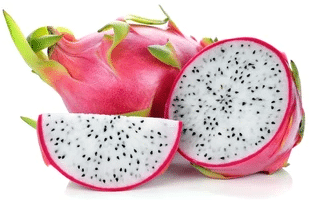
Growing dragon fruit isn’t complicated.
However, it does require care, attention, and patience.
Your plant will begin flowering in 6-8 months. You’ll have delicious fruit on your hands before you know it!
